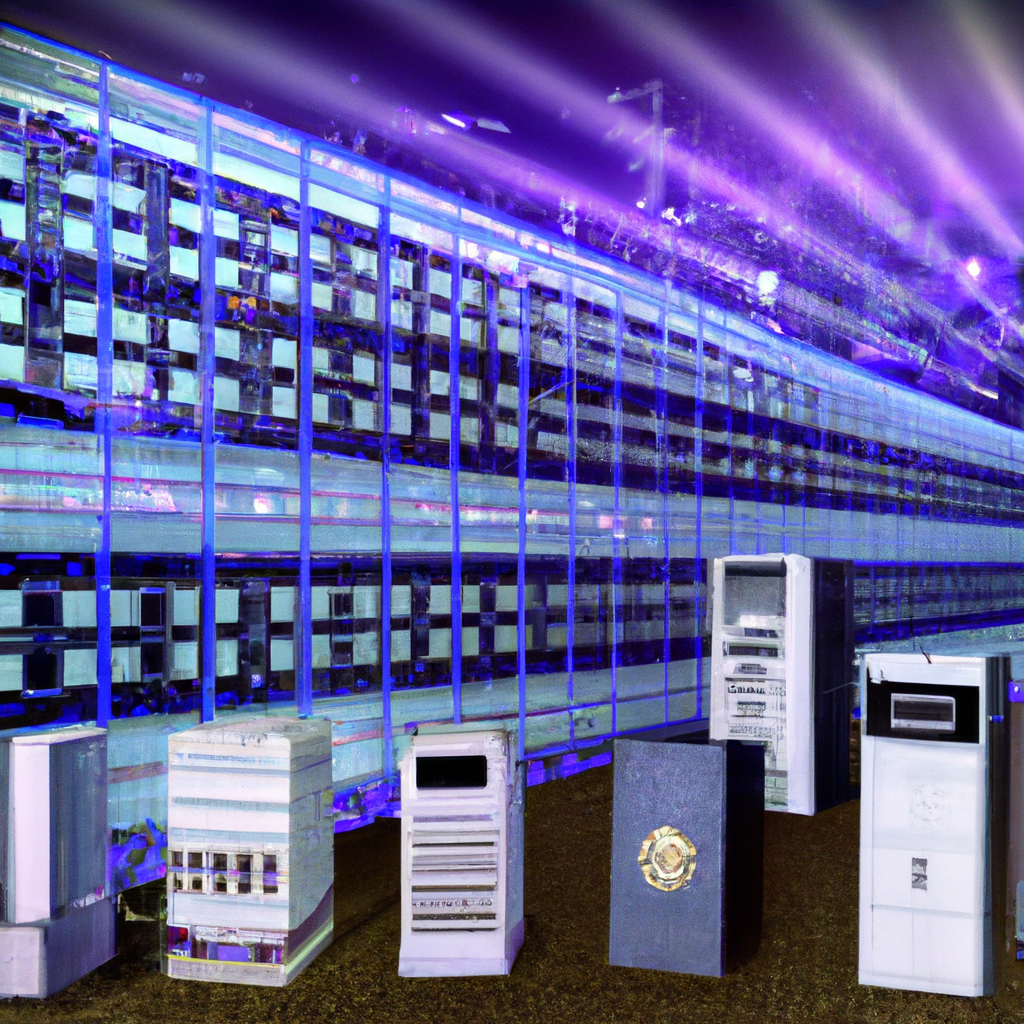Unveiling the Giants: The Evolution of Supercomputers from 1940s to 2025
The journey of supercomputers is a fascinating saga of exponential growth and technological triumph. From the early mechanical calculators of the 1940s to the advanced quantum supercomputers of 2025, each era has seen significant milestones that have shaped the computing landscape. This post explores these pivotal moments and their impact on science, industry, and society.
The Early Years: 1940s-1960s
The concept of a ‘supercomputer’ first emerged with machines like the ENIAC, designed during World War II. Initially used for military purposes, these early computers laid the groundwork for future developments.
The Age of Expansion: 1970s-1990s
As technology advanced, the 1970s and 1980s witnessed a boom in supercomputing capabilities. Companies like Cray Research led the charge, introducing machines that could perform billions of calculations per second.
The Modern Era: 2000s-2020s
The turn of the millennium saw a shift towards parallel processing and the use of high-performance computing (HPC) in more commercial applications. The rise of big data and AI significantly boosted the demand for more powerful supercomputers.
The Quantum Leap: 2021-2025
The latest breakthroughs in quantum computing have begun to transform the supercomputing landscape. As of 2025, quantum supercomputers are starting to overcome classical supercomputers in various complex tasks, leading us into a new era of computing.
In summary, the evolution of supercomputers is not just a technical narrative but a story of human ambition and intellectual curiosity driving progress. As we look to the future, the potential for further advancements remains boundless.






